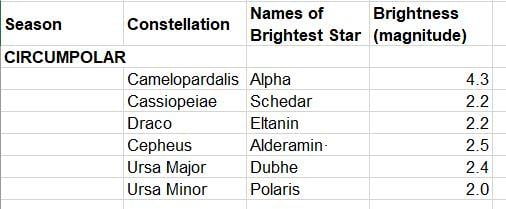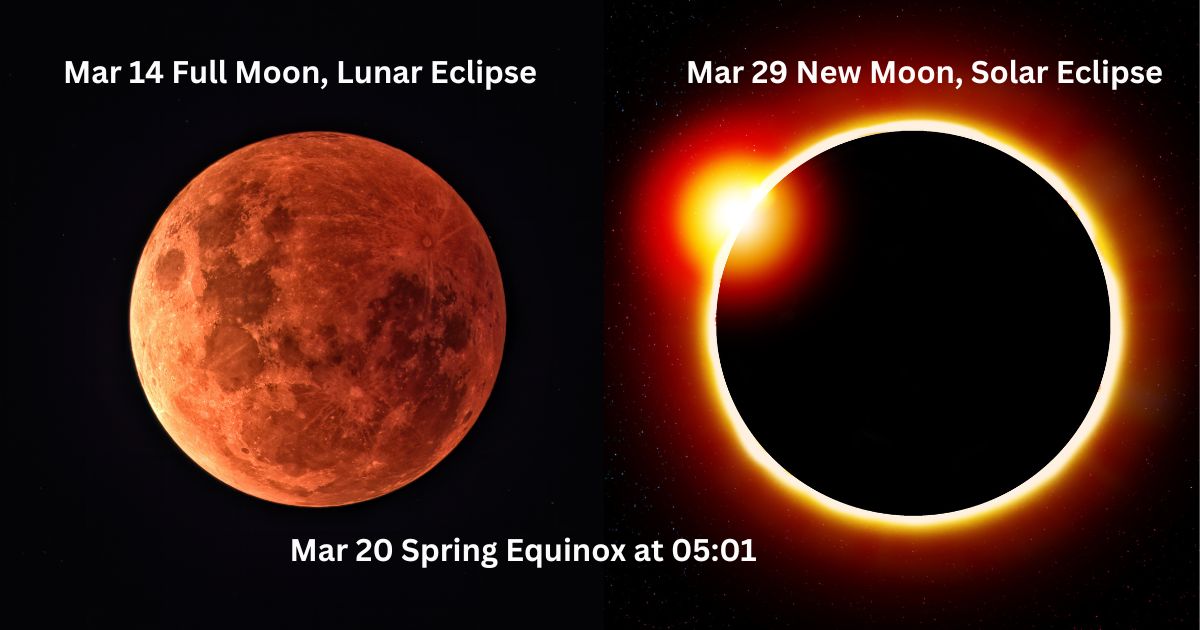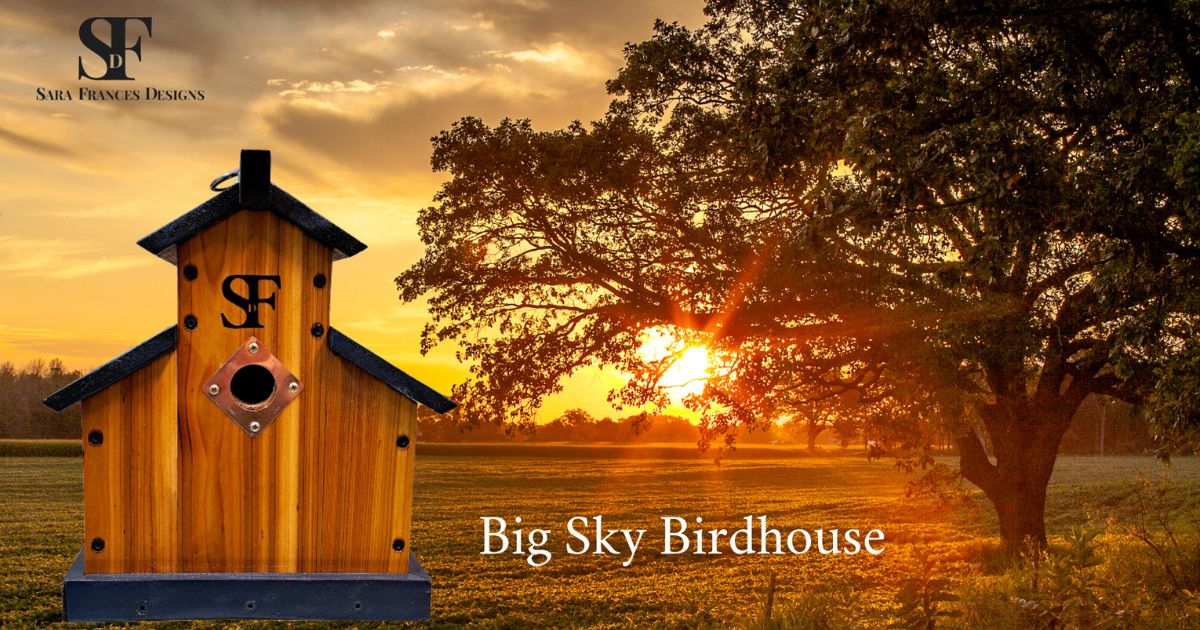We begin the month with a dark early evening. We revert to Standard Time at 2 a.m. on Sunday, November
If you have been waiting for the sky to darken before going for evening walks, you will not have to wait so long. On the evening of the 5th, the waning crescent Moon does not rise until about 23:30, providing a pleasant time for star gazing. In the first week of November, Saturn is the brightest object when we
look south, and Jupiter is the brightest in the east.
Throughout the month, you will see them slowly move with respect to the stars around them. For those who work at night or don’t mind getting up at about 3:30 on the 9th, you will see the thin crescent Moon beside the brilliant planet Venus. Find it low in the east. It will make a nice photograph when paired with interesting buildings or landscapes.
Notable Dates:
3 (Fri) Jupiter at Opposition
5 (Sun) Standard Time
6 (Mon) Moon at Apogee
13 (Mon) New Moon
21 (Tue) Moon at Perigee
23 (Thu) Sun enters Scorpius
27 (Mon) Full moon
30 (Thu) Sun enters Ophiuchus




One of Canada’s foremost writers and educators on astronomical topics, the Almanac has benefited from Robert’s expertise since its inception. Robert is passionate about reducing light pollution and promoting science literacy. He has been an astronomy instructor for our astronauts and he ensures that our section on sunrise and sunset, stargazing, and celestial events is so detailed and extensive it is almost like its own almanac.













